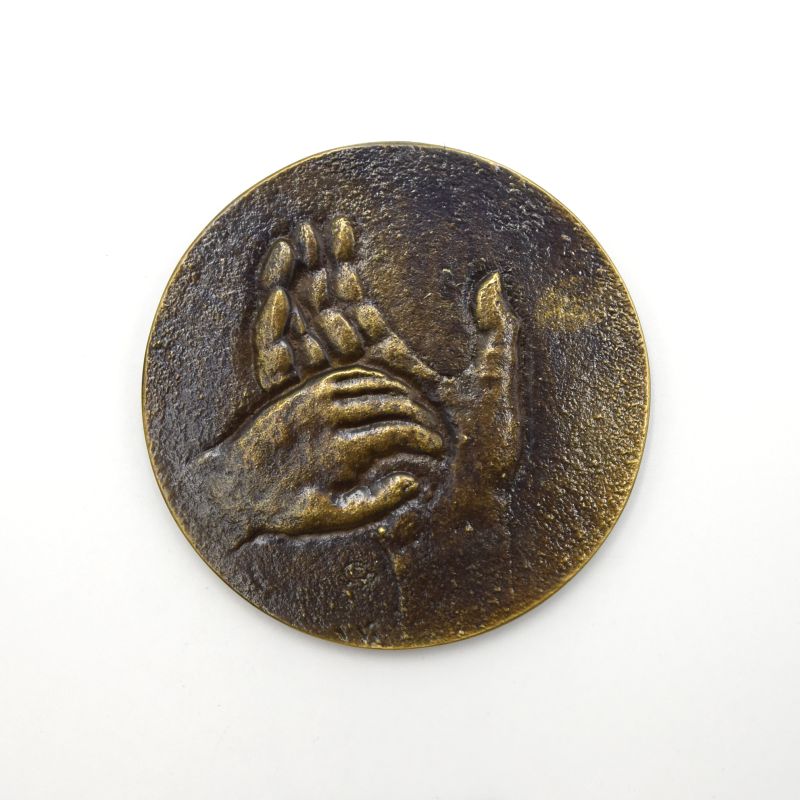Henrik Marczali’s memory
Henrik Marczali (1856–1940) was a historian, university professor and corresponding member of the Hungarian Academy of Sciences. He started his studies at the University of Pest in 1870, and after graduating he became a teacher at the university’s Training School and from 1895 he was appointed a full professor at the university.
Marczali played an important role in the establishment of professional historiography and the training of historians in Hungary. His life and work were commemorated by the Henrik Marczali Research Group at a two-day conference (17–18 April 2024), on the opening day of which a commemorative plaque was unveiled at Marczali’s former residence at 59–61 József körút. The participants of the event took a guided walk around Marczali’s former workplace, including the University Libary, where the Training School was located between 1875 and 1881 and the Historical Seminary between 1886 and 1890. At the conference, Krisztina Tóth, PhD, head of the archives, gave a presentation on Henrik Marczali’s years as a student and his studies at the university.


